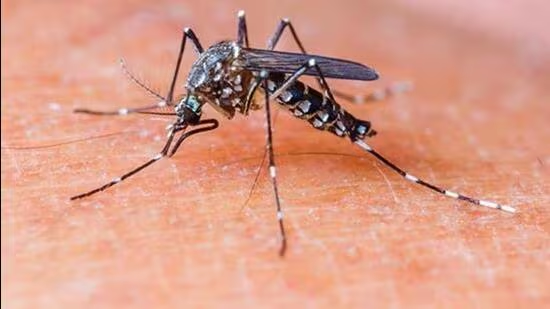India poised to be malaria-free by 2030: Health ministry

The Union Health Ministry announced that India is on track to eliminate malaria by 2030, showcasing a dramatic decrease in disease burden over recent decades.
At the time of independence in 1947, India recorded approximately 75 million malaria cases and nearly 800 000 deaths annually. By 2023, these figures plummeted to just 2 million cases and 83 deaths—a more than 97 percent reduction, as confirmed by ministry data and the World Health Organization 2024 report.
The country has exited the WHO’s High Burden to High Impact classification, reflecting its sharp progress. As of 2023, 122 districts report zero indigenous cases. Nine states or union territories have moved into low or zero burden categories—including Ladakh, Lakshadweep, and Puducherry—now eligible for subnational elimination verification.
India’s advance stems from multifaceted strategies: deploying strengthened surveillance, expanding diagnostic and treatment services, rolling out insecticide-treated nets and indoor residual spraying, and managing urban malaria through tailored interventions. These efforts are anchored in the National Strategic Plan for Malaria Elimination (2023–2027), with an overarching framework aiming for malaria-free status by 2030.
Union Health Minister emphasized the importance of the plan’s implementation, stating it as a “story of remarkable transformation and progress” tied to political will, community participation, and inter-ministry coordination.
Nevertheless, challenges remain: remote tribal areas, emerging drug resistance, and cross-border transmission pose risks. Achieving zero malaria by 2030 will require sustained funding, robust local healthcare infrastructure, and continued innovation.
By Staff Writer, Courtesy of Forbes | December 25, 2024 | Edited for WTFwire.com
Source: Hindustan Times
: 193







